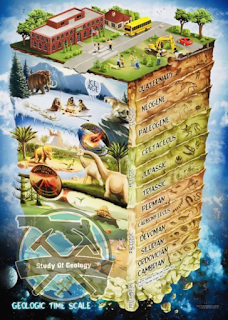Mass Wasting

Mass Wasting Definition The geomorphic process by which soil, regolith, and rock move downslope under the force of gravity. Explanation Mass wasting occurs on both terrestrial and submarine slopes and has been observed on Earth, Mars, Venus, and Jupiter's moon. When the gravitational force acting on a slope exceeds its resisting force, slope failure (mass wasting) occurs. The slope material strength and cohesion and the amount of internal friction between material help maintain the stability of the slope and are known collectively as the slope shear strength. The steepest angle that a cohesionless slope can maintain without losing its stability is known as its angle of repose. When a slope possesses this angle, its shear strength perfectly counterbalances the force of gravity acting upon it. Types of Mass Wasting Ultimately the classification results into the following types of mass wasting: Creeps. Slides. Slumps. Flows. Falls. 1. Cree...


